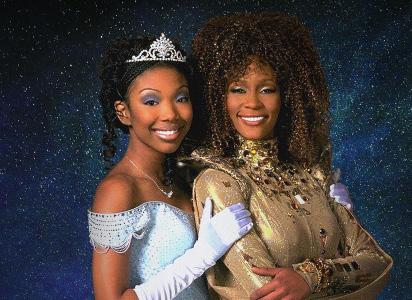
3 minute read
Colorblind Casting
Curse or Blessing?
Clariss Valdivia Contributing Writer
Advertisement
Racially-blind casting, or colorblind casting, is defined as “casting that does not take race or ethnicity into account.” On the surface, this seems like a positive to a lot of people. One of the most popular examples of this is the Broadway musical Hamilton, where POC, or people of color, are cast to play historically white characters. Colorblind casting is very prominent in entertainment being adapted from a predominantly white historical background, even seen in the popular Netflix series ‘Bridgerton’.
So is color-blind casting good or bad? There are multiple layers to it. Some say “acting should only matter,” but in that instance directors could get away with an all-white cast. Diversity plays a large role in the
This is a Caption. This is the Credit.
According to The New York Times, this is to make it clear that “such time-honored stories belong to all of us, regardless of race.” But is colorblind casting really all that progressive? A lot of people seem not to think so. “It’s dangerous to not see race.” said The Guardian, describing one specific instance when the BBC adaptation of Sally Rooney’s novel Normal People cast three main characters of color to be the antagonists. For this reason, Diep Trans, an arts journalist specialising in the morals of diversity, claimed that: ## BOLLESBUGLEONLINE.COM

(Above) Chicago Hamilton cast entertainment industry, and while colorblind casting was initially termed to aid in that effort, it can also work against POC. Whitewashing is a factor to consider when colorblind casting is being discussed. Emma Stone, Scarlett Johanssen, and Natalie Portman, all very white, have played characters that were of Asian descent in the source material. All of these could be examples of ‘colorblind casting,’ a concept designed for more diversity and inclusivity, but in reality, directors are whitewashing the material and taking away the role from a minority. On the other side, colorblind casting gives actors of color the freedom to portray certain roles they might not have been able to otherwise. One example of which is the live action reboot of The Little Mermaid with Halle Bailey playing the role of Ariel, or the 1997 Rodger and Hammerstein’s Cinderella, with Brandy Norwood as Cinderella. Both are actresses of color cast as originally white princesses. In these instances, representation is crucial, so young children see themselves represented on screen as heroes and princesses. Of course there are major downsides to colorblind casting, but ultimately it does more good than evil if used correctly, but it is a risky situation, and can be used against POC. So what should we do if there are dangerous downsides to colorblind casting? Diep Trans suggests an alternative: “color-conscious” casting. This way, directors can keep in mind diversity and inclusivity, while also being careful to not cast based on harmful stereotypes unconsciously.
(Above) Brandy Norville (Left) (Cinderella) and Whitney Houston (Right) (Fairy Godmother)


SPORTS
— Florence Griffith Joyner (Flo Jo)












